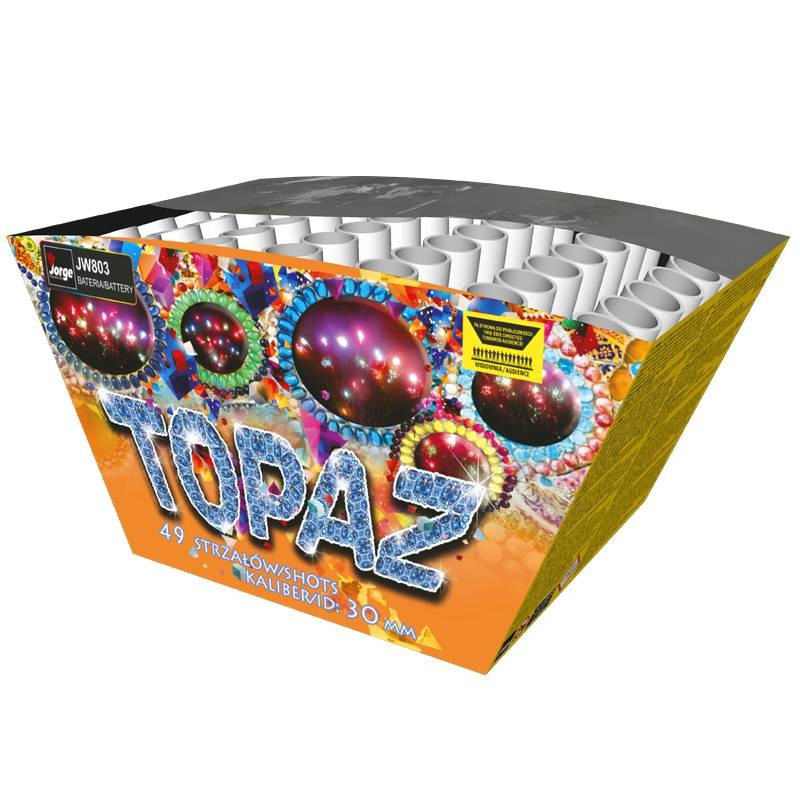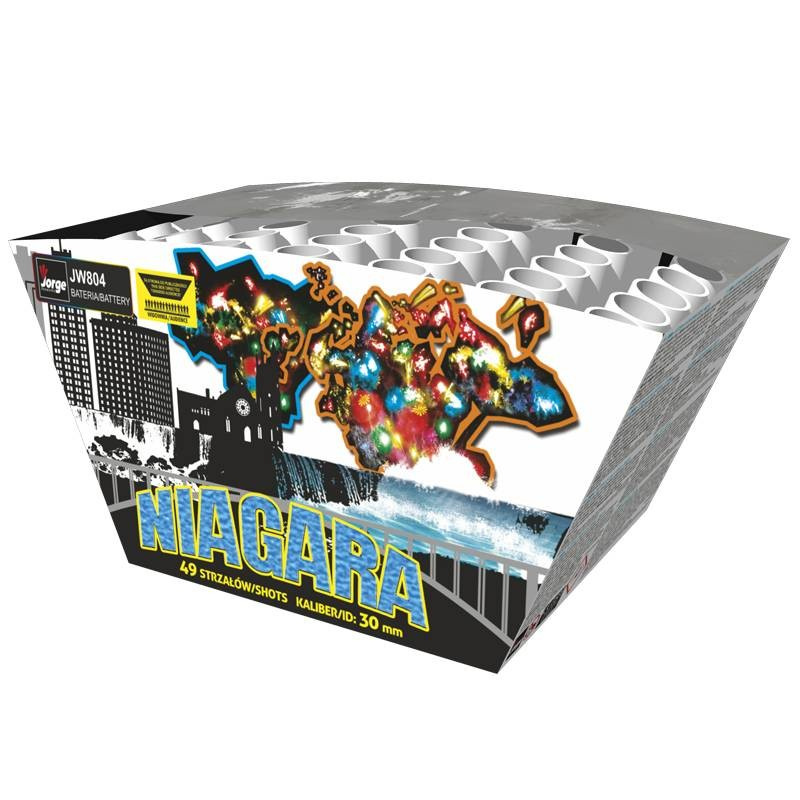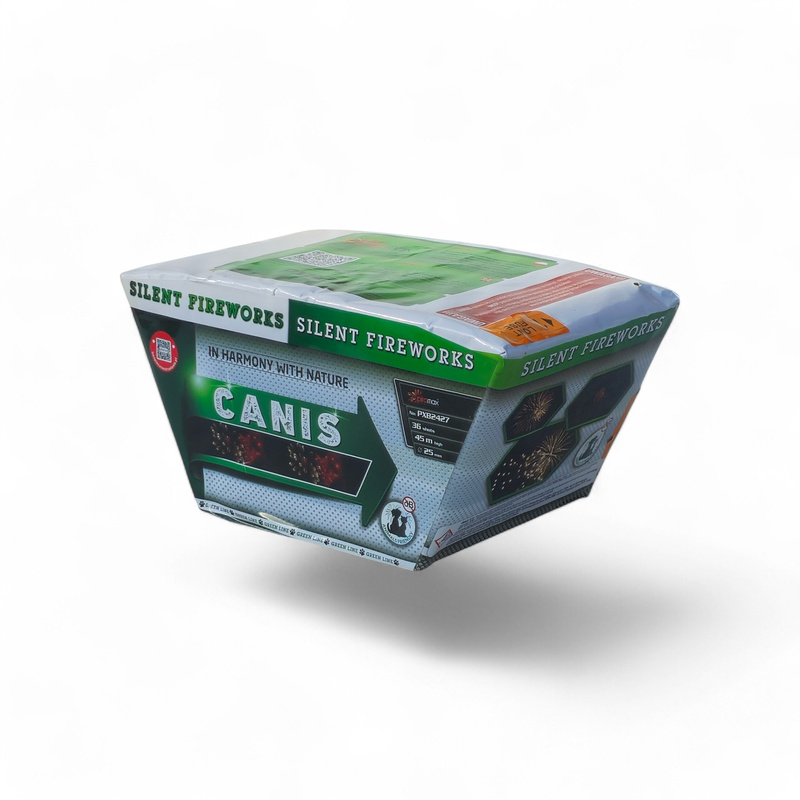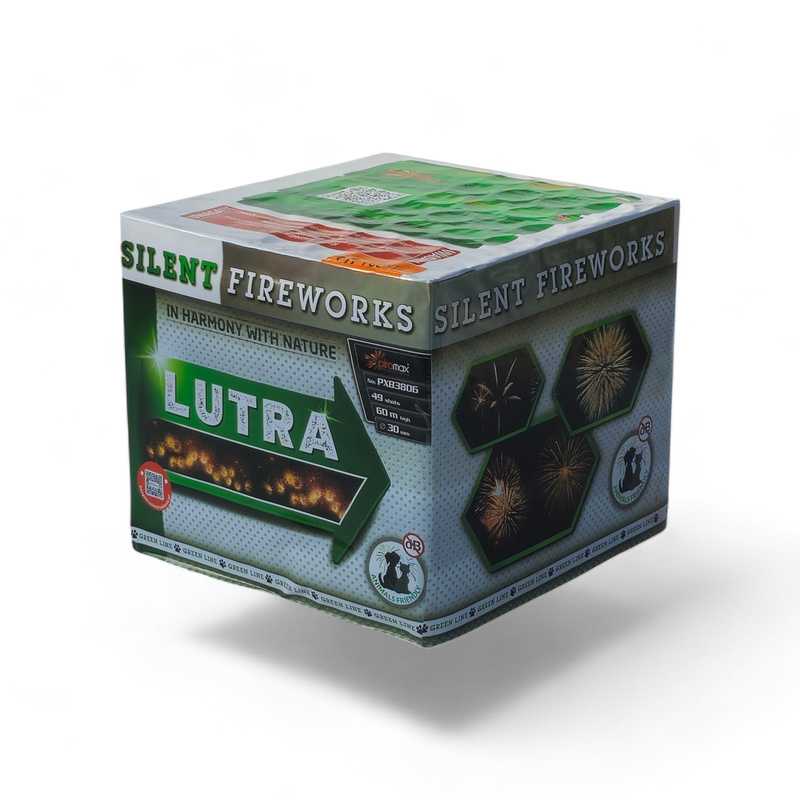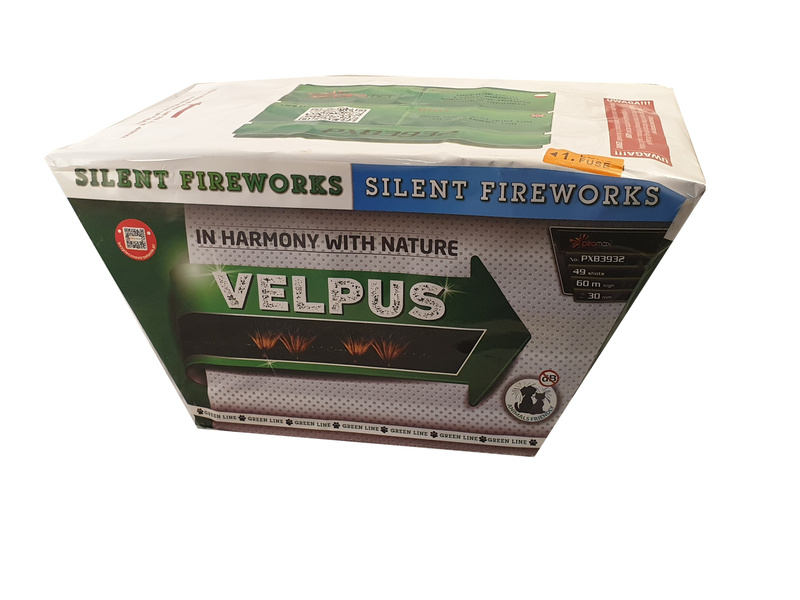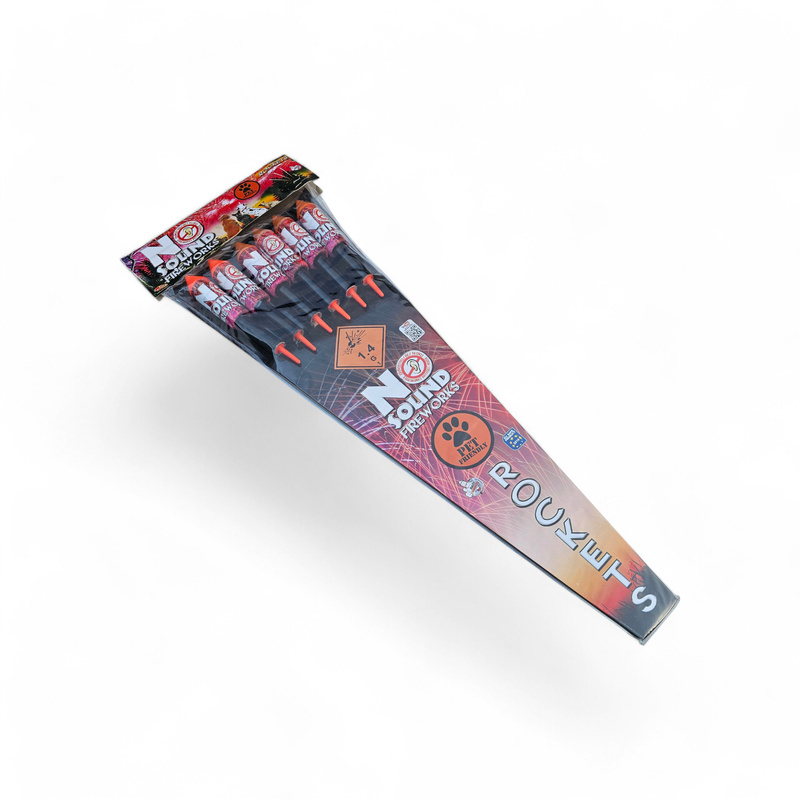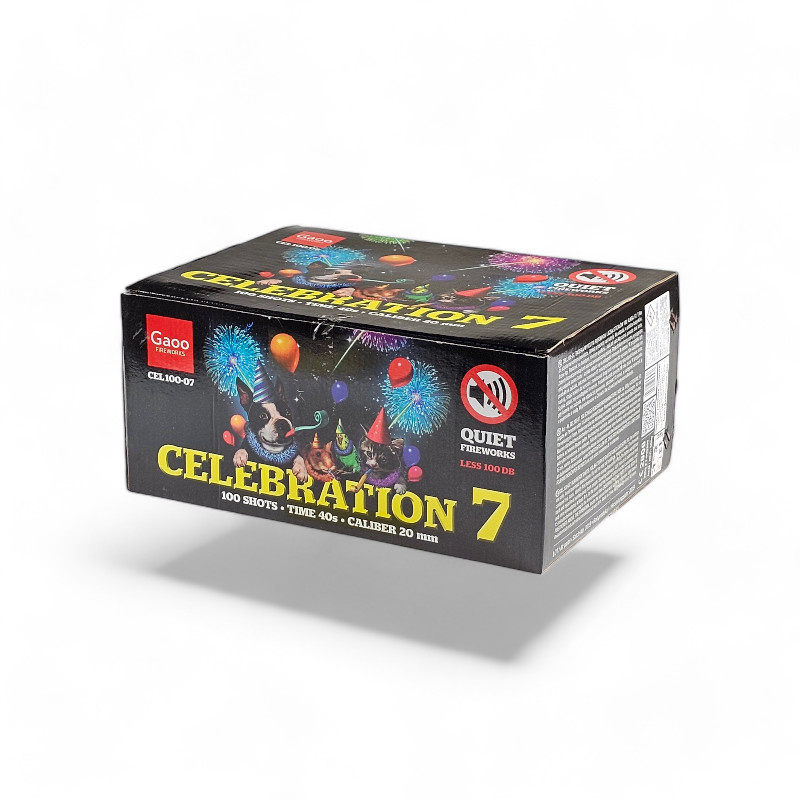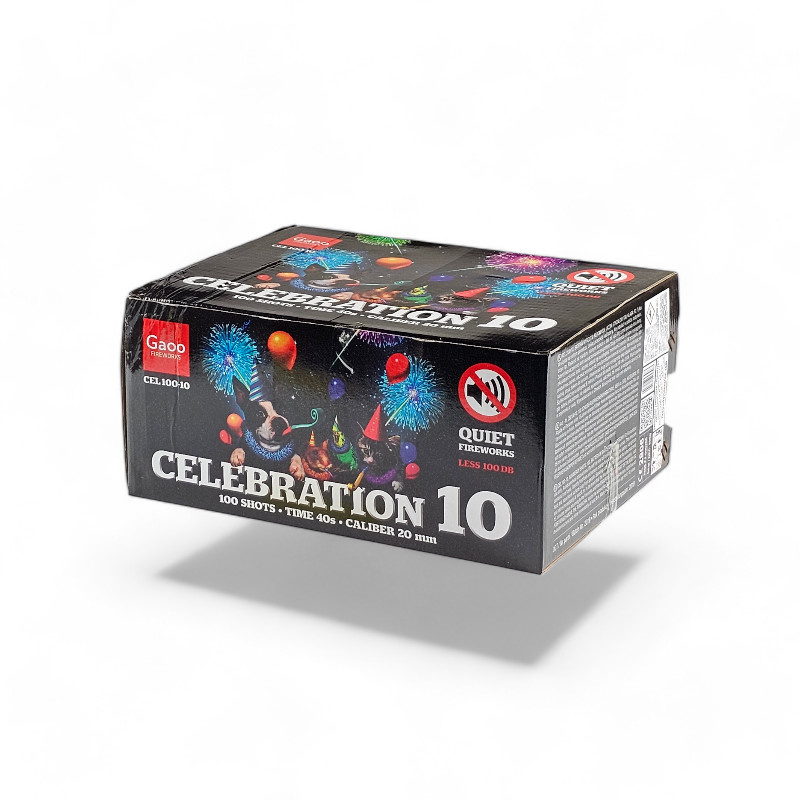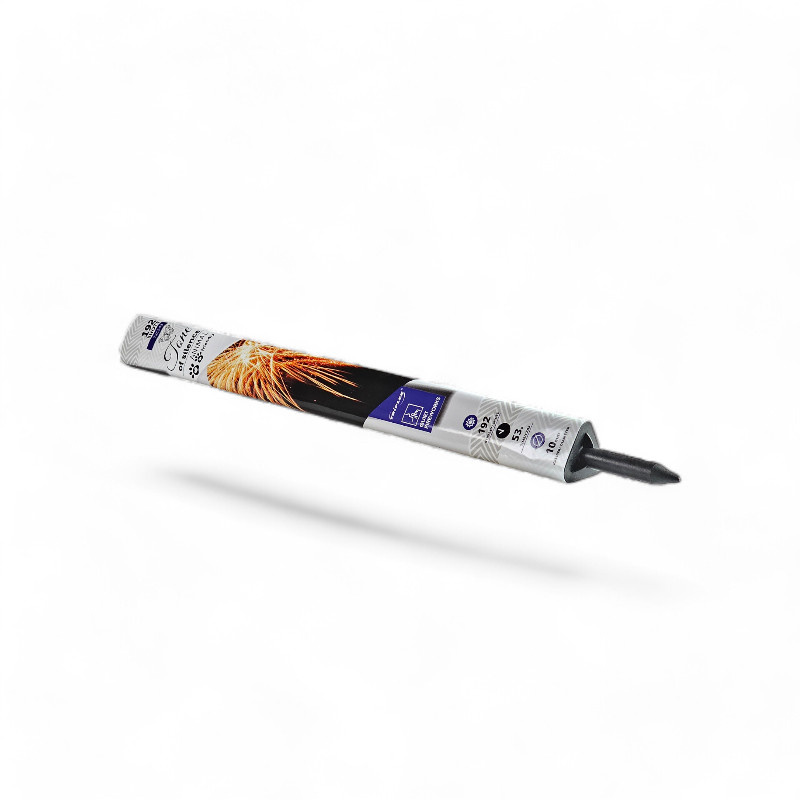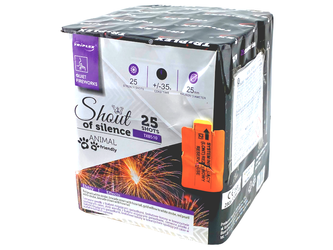Not All Fireworks Are Loud – Silent Effects Explained
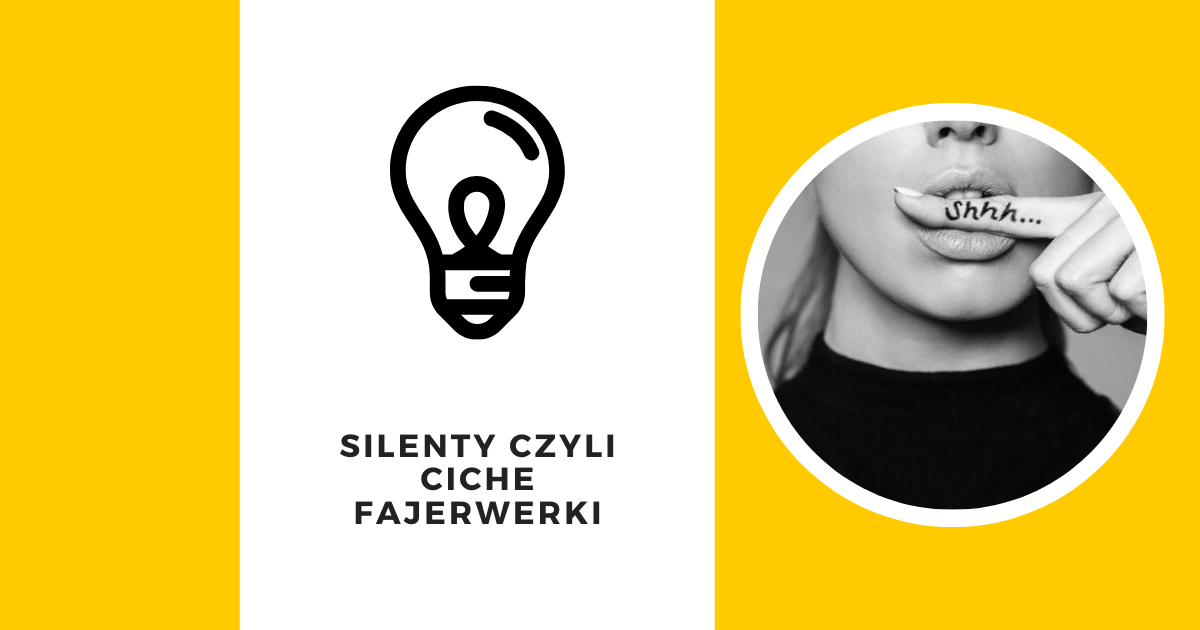
Fireworks Are Not the Same as Firecrackers
As pyrotechnicians, we often encounter people using the terms firecrackers and fireworks interchangeably.
For many, fireworks = firecrackers = loud, annoying bangs – and this is exactly the image that's increasingly spread by the media.
But this association is extremely harmful to the entire field of pyrotechnics.
In reality, the vast majority of products sold as fireworks have nothing to do with excessive noise.
Fireworks are, first and foremost, beautiful, colorful cascades of effects that light up the sky.
It’s truly an art form – painting pictures in the sky – known and loved around the world for thousands of years.
Silent Fireworks
There has long been an entire category of fireworks on the market called "silent" fireworks (or "SILENTs").
The most popular items in this group include:
-
sparklers
-
flares and torches
-
colored smoke bombs
-
volcanoes and fountains
-
novelty pyrotechnics like spinners, butterflies, bees, etc.
In recent years, manufacturers have increasingly responded to customers who dislike loud effects.
As a result, the number of low-noise products is steadily growing.
In 2019, the Polish market saw the launch of special product lines like Animal Friendly or No Sound Fireworks – a carefully selected group of low-noise aerial battery effects.
These products were introduced by leading importers such as Klasek, Jorge, Triplex, Piromax, and Tropic.
Although the number of products in this category is still small, that’s due to technical limitations –
At this stage, the range of effects that can be achieved without sound is limited, although R&D is actively underway to expand these possibilities.
How Loud Are Fireworks?
Despite continuous development and a visible trend toward reducing noise, it's worth noting that even traditional fireworks never exceeded legal noise limits.
Every pyrotechnic product sold in the European Union undergoes a series of tests to ensure it meets safety regulations — including maximum noise levels.
For consumer-grade fireworks, the legal limit is 120 decibels, measured from the minimum safe distance specified on the label.
So, as long as fireworks are used according to instructions, the perceived noise NEVER exceeds 120 dB.
For context, here’s what 120 dB means in real life:
-
40 dB – normal conversation
-
70 dB – a running vacuum cleaner
-
100 dB – kids during school break
-
110 dB – sport motorcycle passing at full speed
When searching online for information about how loud fireworks really are, you’ll come across wildly exaggerated claims — some sources even cite values up to 200 dB (!!!).
This is an obvious lie, completely detached from reality, used to support anti-fireworks campaigns.
In fact, this year the Positive Emotions Foundation carried out independent sound measurements during the Damy Ognia Pyrotechnic Festival in Wrocław.
Details of the tests (and more) are available [here].
What did the measurements reveal?
-
At no point did the sound level exceed legal limits.
-
In fact, 95% of the time, the noise level was within urban residential limits.
-
Brief spikes above that level were impulse-based (very short, very rare).
It’s also worth noting that most weekend fireworks shows last only 2 to 7 minutes, and even large festival shows rarely exceed 15 minutes.
So… is there really a need to make such a big noise about it?

